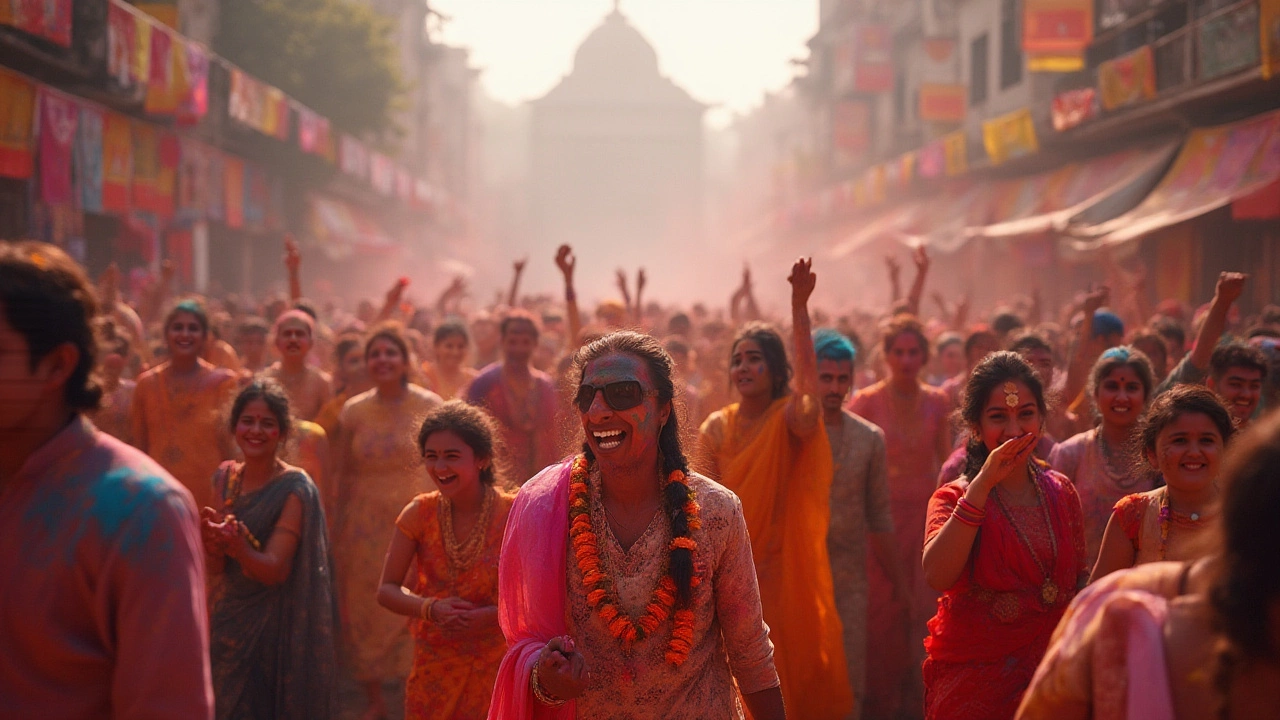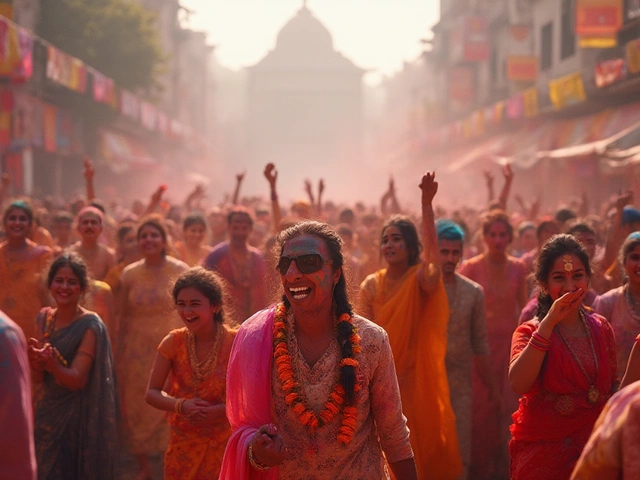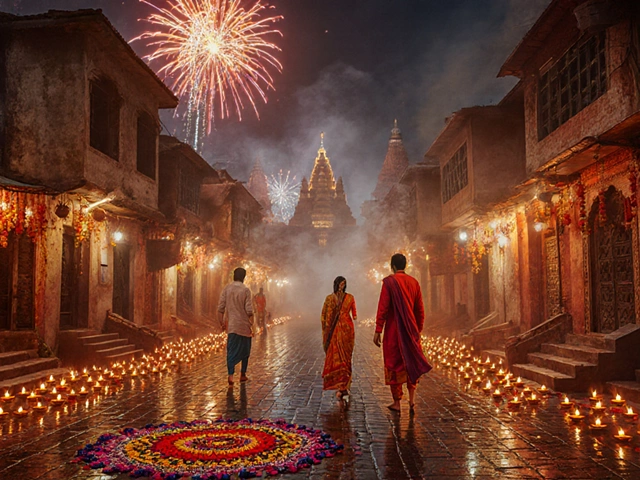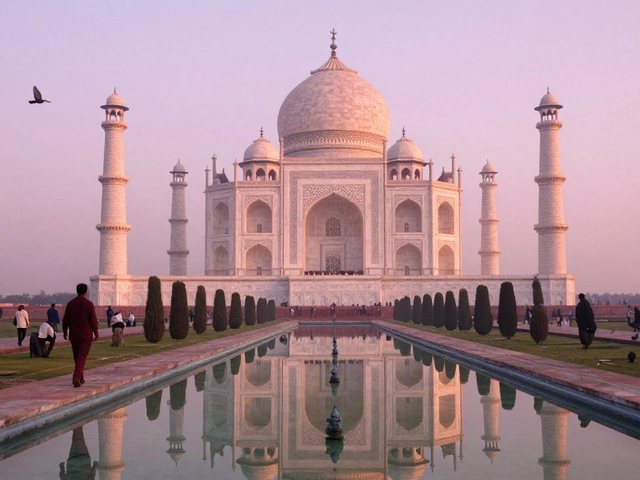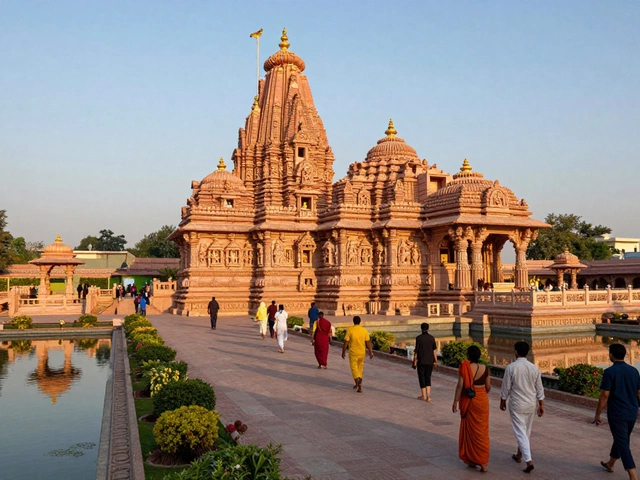Every corner of India is like a living scrapbook—jam-packed with ancient stories, loud colors, and the smell of spices drifting in the air. You’ll see prayer bells swinging outside a temple, a bride with henna swirling up her arms, and streets pulsing with beats during any given festival. You don’t even need to search to find culture here; it bumps right into you, whether you’re wandering through Rajasthan’s palaces or sharing a mango with a stranger on a train. But what is it exactly that makes India’s culture so instantly recognizable, so enduring, and so famous?
The Heartbeat of Traditions: Family, Language, and Everyday Rituals
Culture in India balances tradition with change in a way that’s both chaotic and seamless. Step into a typical family home, and you’ll see how everything from meals to bedtime stories carries traces of inherited tradition. Most Indian families—no matter how modern—still gather for home-cooked food, often passing the platters around in a circle. These aren’t just meals; they’re daily rituals where stories and laughter crisscross the table. Elders are usually respected with little formalities like touching feet for blessings—a practice that links generations and serves as a living fossil of India’s deeply rooted value for age and wisdom.
Language is the DNA of any culture, and India is multiplied to the power of dozens here. With 22 official languages and hundreds of dialects, you can travel just 50 kilometers and find yourself fumbling for the right word. Hindi, Tamil, Bengali, Marathi—the list runs long, and each unlocks a chest of literature, folk songs, and nursery rhymes. Even Bollywood, India’s film factory, borrows from this language stew, shaping slang and mixing codes that spill from screens into the streets. The ability of India’s culture to adapt and remix itself—while never dropping its roots—is part of its secret recipe.
Then, there are the everyday rituals that surprise outsiders. People mark their heads with sandalwood paste, or draw rangoli (intricate powder designs) outside their doors for luck. Even in the biggest cities, you’ll spot roadside shrines crammed with marigolds and the sweet smell of incense. There’s a rhythm to life—morning prayers sung before breakfast, lighted diyas (lamps) ushering out the night, and weddings that last for days, not hours. All of these pieces are tied by teaching respect, gratitude, and joy even in small things.
A helpful tip: when visiting an Indian household, it’s polite to take off your shoes at the door. Don’t worry about getting it right, though—someone’s always happy to guide you, and you’ll get offered chai within minutes. The real secret to experiencing Indian culture? Stay curious and don’t shy away from asking questions. Locals love explaining the ‘why’ behind their traditions—usually with a pile of snacks on the side.
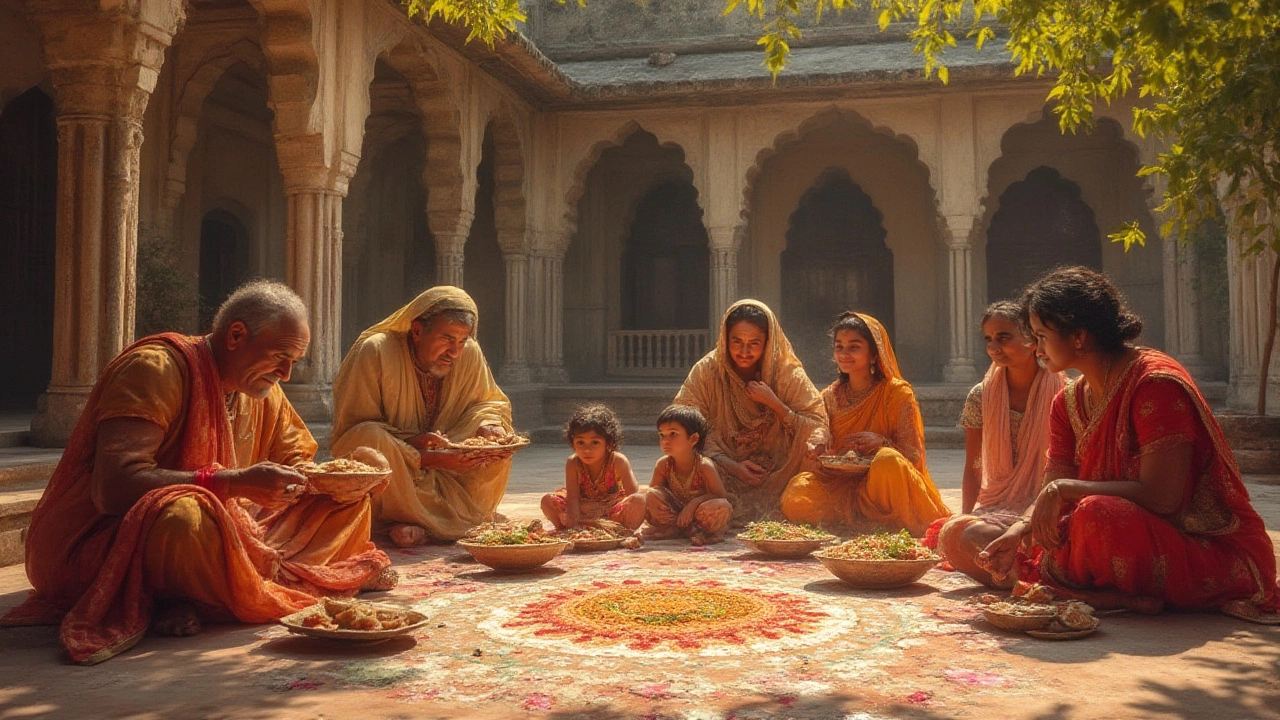
Festivals, Art, and Food: A Symphony of Colors and Flavors
Ask anyone who’s been to India what stood out the most, and odds are they’ll mention the festivals. Holi, Diwali, Eid, Christmas, Navratri, Onam—if there’s a reason to celebrate, Indians go all out. Holi, the festival of colors, turns entire towns into a rainbow painting as people smear powdered dye on each other and dance in the streets. Diwali, the festival of lights, sees homes outlined by trembling oil lamps and fireworks bursting against the night sky. Each festival has its own rituals, sweets, songs, and clothes—and the mark they leave in your memory lasts way longer than any souvenir.
Art in India isn’t locked inside galleries or museums; it covers the outside of trucks, brightens up temples, and decorates hands in swirling henna patterns. In Kerala, you’ll catch Kathakali dancers with painted faces telling stories older than most languages. In Rajasthan, puppeteers spin tales using handmade marionettes. You’ll find intricate Madhubani paintings on market stalls, and if you look up, grand Mughal frescoes inside historical forts. What’s most striking is that these art forms aren’t leftovers from the past—they’re alive and evolving. Even young artists remix tradition and pop culture together, creating street art that’s both fresh and familiar.
Let’s talk about food. Indian cuisine hardly needs an introduction, but here’s what makes it unique: every state, and often every town, has its own spin. In the north, you might tuck into buttery naan and spiced curries, while down south, breakfast could be crispy dosas with coconut chutney. In Kolkata, street vendors sling out puchkas (spicy water-filled puffs), while Goa tempts with seafood vindaloo. A single festive thali (platter) can have dozens of flavors and little surprises, from crunchy snacks to sweet gulab jamun. Spices aren’t just about heat; they’re about coaxing flavor from humble ingredients and telling stories through taste. They say the best way to learn about India is with your mouth—so be bold with street food, always ask for the real thing, and keep a bottle of water handy just in case.
If you’re visiting a new city, look for cultural fairs or food walks. Cities like Jaipur, Lucknow, and Chennai often host heritage evenings where you can watch artisans at work and sample traditional dishes, all in one place. Don’t skip the local markets, either—the fabrics, jewelry, and crafts here tell their own stories, and every shopkeeper is part historian, part entertainer.
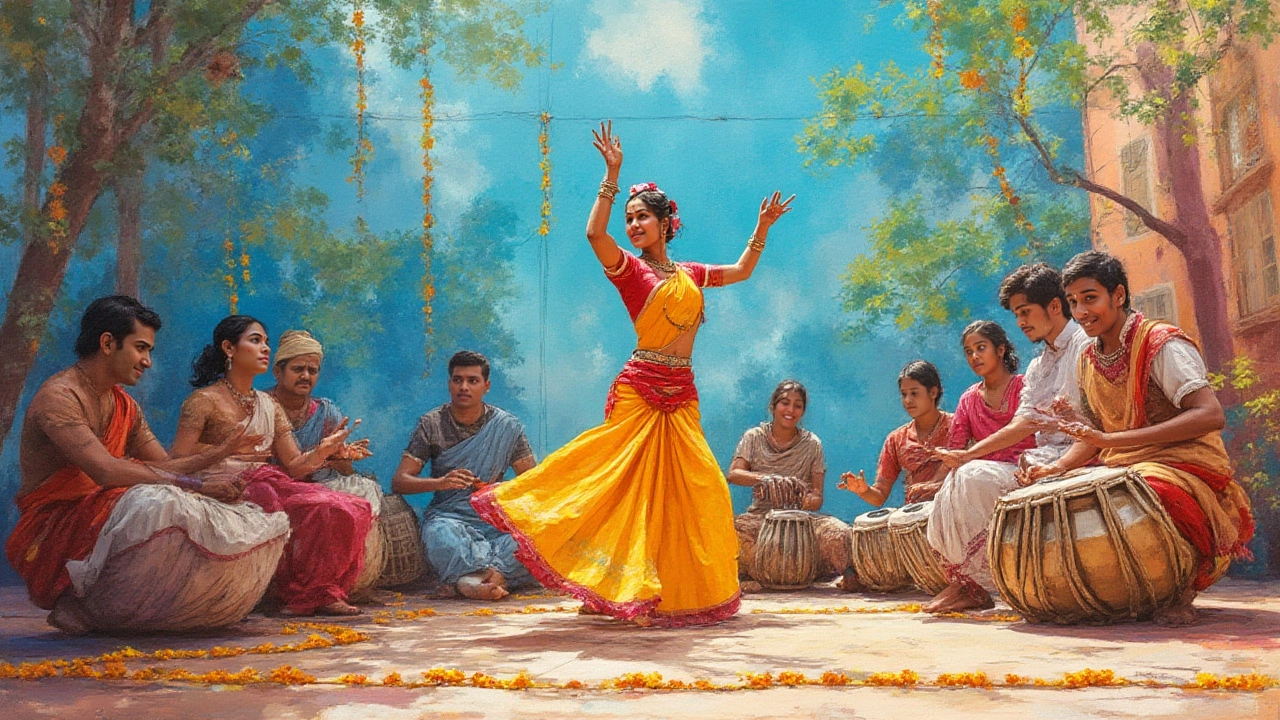
Heritage Sites and Living History: Why India is a Cultural Powerhouse
India’s cultural fame isn’t built just on traditions and lively festivals—it’s etched into stone and marble, spread across thousands of heritage spots. Everyone knows about the Taj Mahal, that great white monument to love, but it’s just the tip of the iceberg. Step into the forts of Rajasthan, like Amer or Mehrangarh, and you’ll cross gates built for elephant processions and climb to ramparts offering dizzying city views. Southe India’s Hampi lies scattered with massive boulders and temples from a vanished kingdom; in the east, Konark’s Sun Temple looks like a giant chariot frozen in time. With more than 40 UNESCO World Heritage Sites, exploring India is like flipping through a history textbook—only warmer and tastier.
What’s special about these spots is that they aren’t disconnected relics. Most are still woven into the local way of life. Many of Varanasi’s temples are as busy with worshippers today as they were centuries ago, and Pushkar’s annual camel fair is both an ancient tradition and a massive modern attraction. Heritage hotels—like Udaipur’s Lake Palace or Kerala’s converted spice mansions—let travelers stay inside actual slices of history, sleeping in rooms with hand-painted ceilings or antique swings. India also has living traditions of classical dance, yoga, ayurveda, and handwoven textiles, passed on from master to apprentice generation after generation.
The mix of old and new goes deeper than just the architecture. India’s heritage is about resilience—how people bounce back, remix old customs, and keep growing. Modern cities like Mumbai hold all-night Ganesh festivals downtown and skyscrapers next to centuries-old temples. In small villages, you might stumble onto a folk drama retelling ancient myths, made viral on a teenager’s smartphone. Thanks to its dazzling variety, India shows you that being ‘traditional’ doesn’t mean being stuck. Instead, it means holding onto core values while adapting to the new and unexpected.
Practical fact: if you love history, buy an ‘Archaeological Survey of India’ pass at bigger historic sites—this gets you faster entry and often helps fund preservation. And try timing your visit with local festivals or temple fairs—nothing brings a monument to life like the sound of drummers at sunrise or garlands draped across thousand-year-old walls.
Why is India famous for its culture? Because it refuses to be ordinary. It’s impossible to walk through its markets, join a festival, or share a meal here without soaking up its energy. The sheer India culture mosaic—built from faiths, flavors, stories, and styles—makes you realize just how much is possible when tradition and creativity grow side by side. Next time you hear a Bollywood song on the radio or see marigold garlands swaying in the wind, you’ll know there’s much more behind it—a living, breathing, unstoppable force that welcomes everyone who’s willing to learn, taste, and join the dance.
